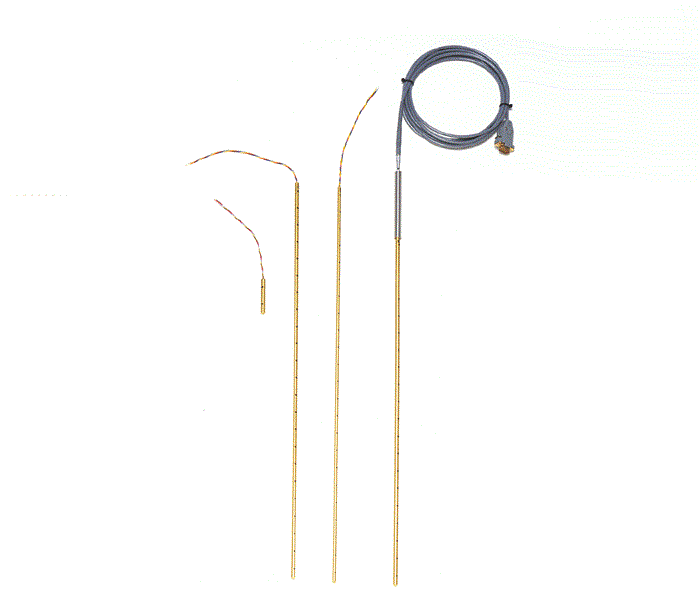Product Introduction
AMI helium sensors are rugged and reliable and can operate in magnetic fields up to 10 Tesla. Standard AMI liquid helium sensors are made using 3/16", 1/4" and 3/8" phenolic (usually G-10) tubing. Flexible sensors are available in 3/32" and 5/16" O.D. 1/4" diameter sensors are available in effective lengths of 1" to 36" inches (1" increments) and 6" PTFE Insulated wire is available for immediate shipment. Other effective lengths can be manufactured to customer specifications up to 80" and can include longer leads or, for 1/4" 3/16" sensors, stainless steel sleeved Lemo connectors.


